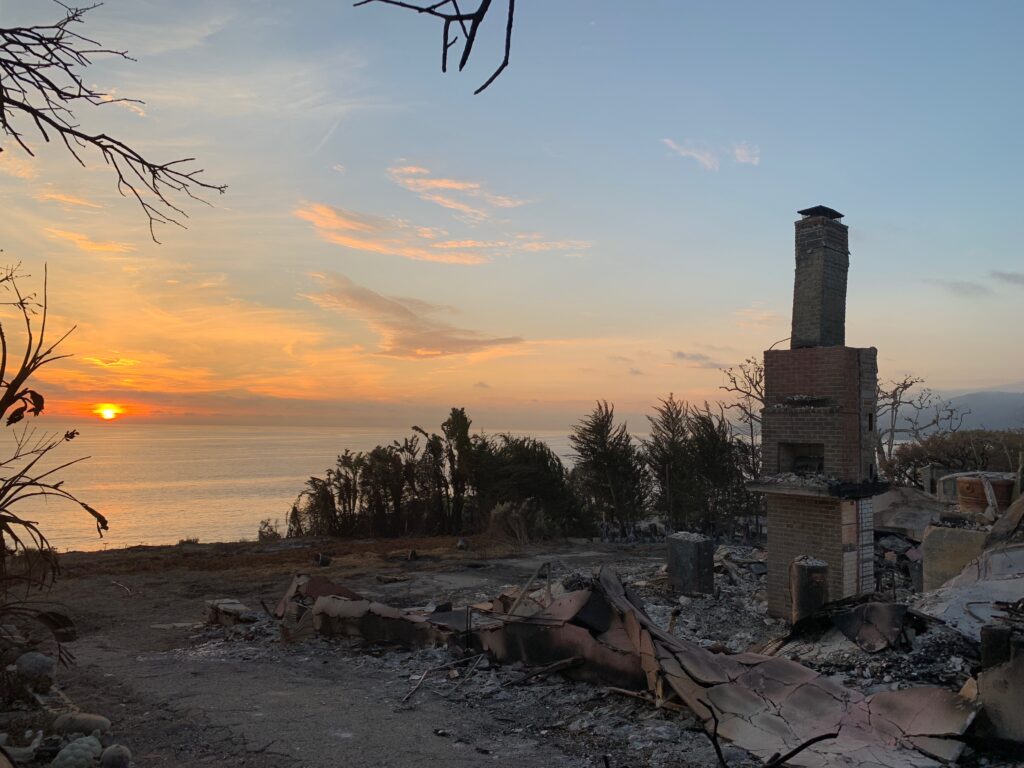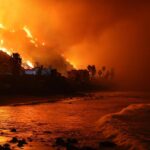As charred neighborhoods in Pacific Palisades still smolder from the January 2025 wildfire, Governor Gavin Newsom rolled out a $101 million “recovery” package, promising to rebuild with low-income housing. But beneath the banner of equity and resilience lies a deeper agenda, one critics say is about fundamentally reshaping California’s most desirable zip codes under the guise of disaster response.
At the heart of the controversy is SB 549, a bill originally designed to centralize rebuilding efforts under state-aligned “rebuilding entities.” That legislation has now been paused, according to Senator Ben Allen, who acknowledged it lacked sufficient community support. But even as Allen claims he’s listening to residents and hitting the brakes, the machinery behind high-density supportive housing is already in motion, funded, incentivized, and backed by new housing mandates buried in wildfire relief programs.
REBUILDING OR REZONING BY FIRE?
In a revealing excerpt from the criteria for “Supportive Housing Multifamily Housing,” projects qualify for funding and density bonuses if 40% of units are reserved for the homeless or individuals who have spent at least 15 days in jails, hospitals, prisons, or mental institutions. These same developments earn additional points if built near bus stops or transit corridors, paving the way for aggressive upzoning in fire-impacted but transit-accessible areas like Pacific Palisades.


The message is clear: if your neighborhood burned, the state will rebuild, but on its terms.
This shift is no accident. Under state law, any pre-1978 rent-controlled housing destroyed by fire must be replaced with low-income units. But “low-income,” as defined by Los Angeles County metrics, doesn’t reflect the reality of neighborhoods like Pacific Palisades or Malibu. It’s a one-size-fits-all policy being forced onto communities that were never consulted.
SB 549: A PAUSE, NOT A PIVOT
Senator Ben Allen’s carefully worded statement about pausing SB 549 acknowledges the legislative calendar was too tight and community feedback was too loud to ignore…for now.
“We’ve decided it would be best to pause the bill until next year,” Allen said, citing the need for more robust conversations with city leadership and residents.
But that pause rings hollow when you consider the parallel track: federal and state funds already earmarked to reshape neighborhoods through “supportive” and “transit-oriented” housing, with or without the input of local governments.
THE BIGGER PICTURE: DENSITY THROUGH DISASTER
The $101 million announced by Newsom sounds generous on the surface, but in practice, it’s a vehicle for implementing controversial housing mandates that have failed to gain traction through democratic means. Instead of responding to local needs, the state appears to be seizing the opportunity to push through a top-down vision of urban planning, using disaster as the justification and equity as the branding.
It’s not about rebuilding what was lost. It’s about replacing it with something politically aligned, legally insulated, and ideologically driven.
If SB 549 was the public rollout, this wildfire recovery package is the stealth pilot program.
While politicians like Allen try to score points for “listening to the community,” the fine print tells a different story. This isn’t just about fire recovery—it’s about rewriting the social fabric of California’s most coveted communities.
Residents may have dodged SB 549 this session, but the real transformation is already underway, quietly funded, pre-approved, and immune to local input.
And once it’s built, there’s no going back.
*Feature image: Tim Horton






Leave a Reply